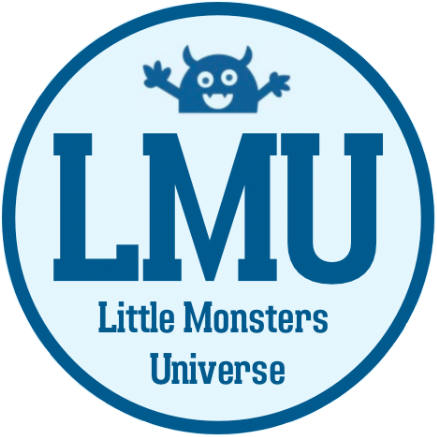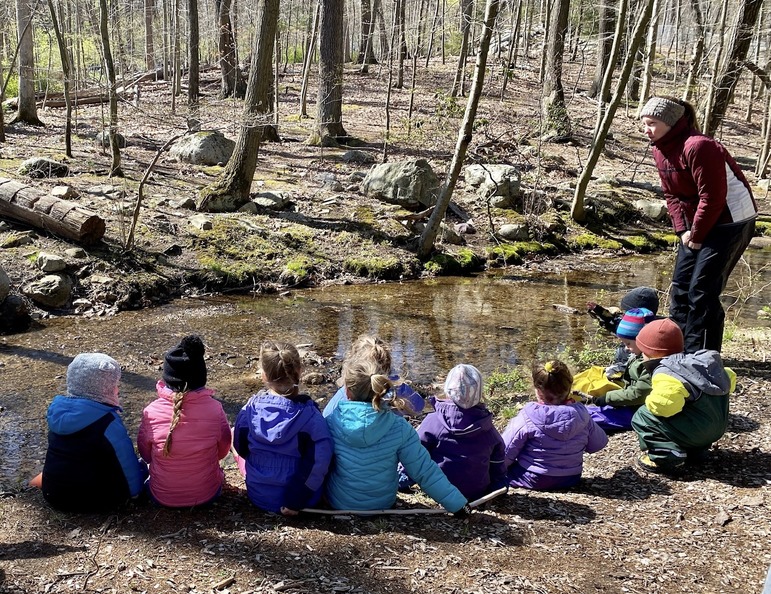Science is a world of exploration, curiosity, and discovery. It’s a playground where every child can thrive, no matter their abilities. At Little Monsters Universe, we’re committed to inspiring young minds to think like scientists; whether they’re in the classroom, outside, or at home. But for many children, especially those with disabilities, accessing science education can be challenging. That’s where thoughtful teaching strategies and accessible resources come in.
In this article, we’ll explore practical strategies for teaching kids with disabilities science by creating an inclusive environment that supports all learners. We’re also excited to highlight expert insights from the team at DisabilityAdvice.org, whose mission is to support parents of children with disabilities through guidance, resources, and advocacy.
Why Inclusivity in Science Education Matters
Science education is a critical part of fostering problem-solving, creativity, and independent thinking in all children. Unfortunately, children with disabilities are often left out of this exciting process. But the reality is, science can be just as engaging and rewarding for children with disabilities, especially if the learning environment is adapted to meet their needs.
By providing accessible science activities, we can ensure that all children have an opportunity to develop scientific thinking skills and enjoy the outdoors, whether they’re conducting experiments in the classroom or observing the natural world.
Tips for Teaching Science to Children with Disabilities
Use Visual Aids
Children with disabilities may struggle with written or spoken instructions alone. Visual aids, such as pictures, diagrams, and charts, can help make abstract concepts more tangible. For instance, use visual step-by-step guides for conducting experiments or visually track progress in outdoor science activities.
Hands-On Learning
Science is best learned through doing.
Incorporating tactile elements into lessons can help children engage more deeply. Try experimenting with materials, collecting specimens, or building simple machines to make learning more hands-on. Even if a child has limited mobility, there are ways to adapt tasks to involve them actively.
Clear, Concise Instructions
It’s important to communicate instructions clearly and at a pace that all children can follow. Some children with learning disabilities, for example, may need extra time to process instructions. By breaking tasks into smaller steps and checking for understanding, you ensure no child is left behind.
Encourage Exploration Outdoors
Outdoor activities are a fantastic way for kids to experience science in a hands-on, real-world way. For children with disabilities, spending time in nature can offer sensory experiences that indoor environments can’t. Whether it’s exploring a garden, collecting leaves, or observing insects, the outdoors is a classroom for every child.
What the Experts Say: Insight from DisabilityAdvice.org

Conclusion
Incorporating inclusive practices in science education not only helps children with disabilities but enriches the learning experience for all students. Every child, no matter their background or abilities, deserves the chance to engage with science and develop critical thinking skills.
For more information on supporting children with disabilities in science education, we encourage you to explore the valuable resources provided by DisabilityAdvice.org. Their guidance on adapting science learning environments is an invaluable resource for educators, caregivers, and parents alike.
provided by DisabilityAdvice.org. Their guidance on adapting science learning environments is an invaluable resource for educators, caregivers, and parents alike.
At Little Monsters Universe, we’re passionate about making science accessible, joyful, and meaningful for every child. Whether you’re exploring with one of our journals or simply observing the wonders in your backyard, your efforts matter. Let’s work together to inspire the next generation of scientists—every one of them!


